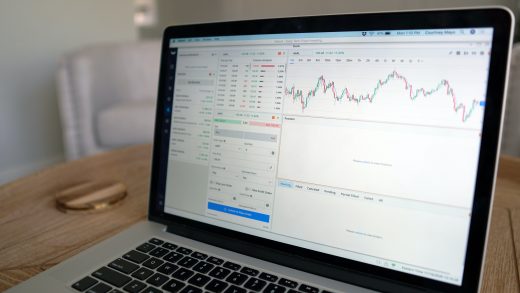A Contract for Difference is a contract binding two parties in which the buyer agrees to pay the difference between the current value of an asset and its value at contract inception. It’s a derivative product that allows you to profit on the price fluctuations of an underlying asset without having the actual asset.
Why trade CFDs?
CFDs offer traders several advantages over traditional assets such as stocks and commodities. For one, CFDs are a very liquid investment vehicle, meaning you can trade them quickly and easily without waiting for a buyer or seller. Additionally, because CFDs are based on contracts rather than physical assets, they offer traders greater flexibility in risk management.
Why use hedging?
Using hedging as a risk management technique can protect your investments from market volatility. When you hedge a trade, you are essentially insuring yourself against potential losses by opening two trades – one that profits from a rise in the asset’s price and one that profits from a fall in the asset’s price. This way, even if the market moves against you, you will still have at least one trade making money.
How can I start hedging my trades?
There are several ways to start hedging your trades, but one simplest is to use a CFD broker that offers both long and short positions. Brokers offer a wide range of assets to trade to find the right hedging strategy for your portfolio.
CFDs are a versatile and liquid investment vehicle that offers traders many risk management advantages. By using hedging techniques like CFD trading, traders can protect their investments from market volatility and ensure they always have at least one trade making money.
Using CFDs as a risk hedging strategy
This can be a valuable way to protect your portfolio from downside risk while still participating in the market’s potential upside.
You can use CFDs to hedge risk in many different ways. One popular strategy is to use them as a stop-loss mechanism. You would open a short position in a CFD contract if the underlying asset’s price falls below a certain level, thereby limiting your downside potential.
Another common hedging strategy is to take a long position in a CFD when the underlying asset price is expected to rise. This strategy can protect you against a potential drop in the asset’s price.
You can also use CFDs to hedge your portfolio against overall market risk. In a broad-based index CFD you can take a long position, such as the FTSE 100 or S&P 500. It will give you exposure to a large number of different stocks and help to diversify your risk.
Other strategies
Although hedging risk with CFDs is an excellent strategy, there are others that you should know of for a diversified portfolio.
Modern Portfolio Theory
The modern portfolio theory (MPT) is one of the essential tools which uses diversification to create portfolios with reduced volatility. A Pareto chart is a tool for determining the efficient frontier for a due amount of return for a given degree of risk. This approach aims to construct an optimal portfolio by examining the connection between several assets and asset volatility.
Volatility Index Indicator
The volatility index (VIX) indicator is another option for investors to hedge price swings. The VIX reflects the implied volatility of at-the-money options and puts it on the S&P 500 index. Because the VIX rises during periods of increased volatility, it is often called the fear gauge. Low volatility is indicated by a value below 20, while a reading of 30 indicates high volatility. Exchange-traded funds track the VIX (VIX ETFs). Long investors can use ETF shares or options to hedge their volatility exposure.
Of course, while these instruments are quite effective, they can’t eliminate all market risks.



